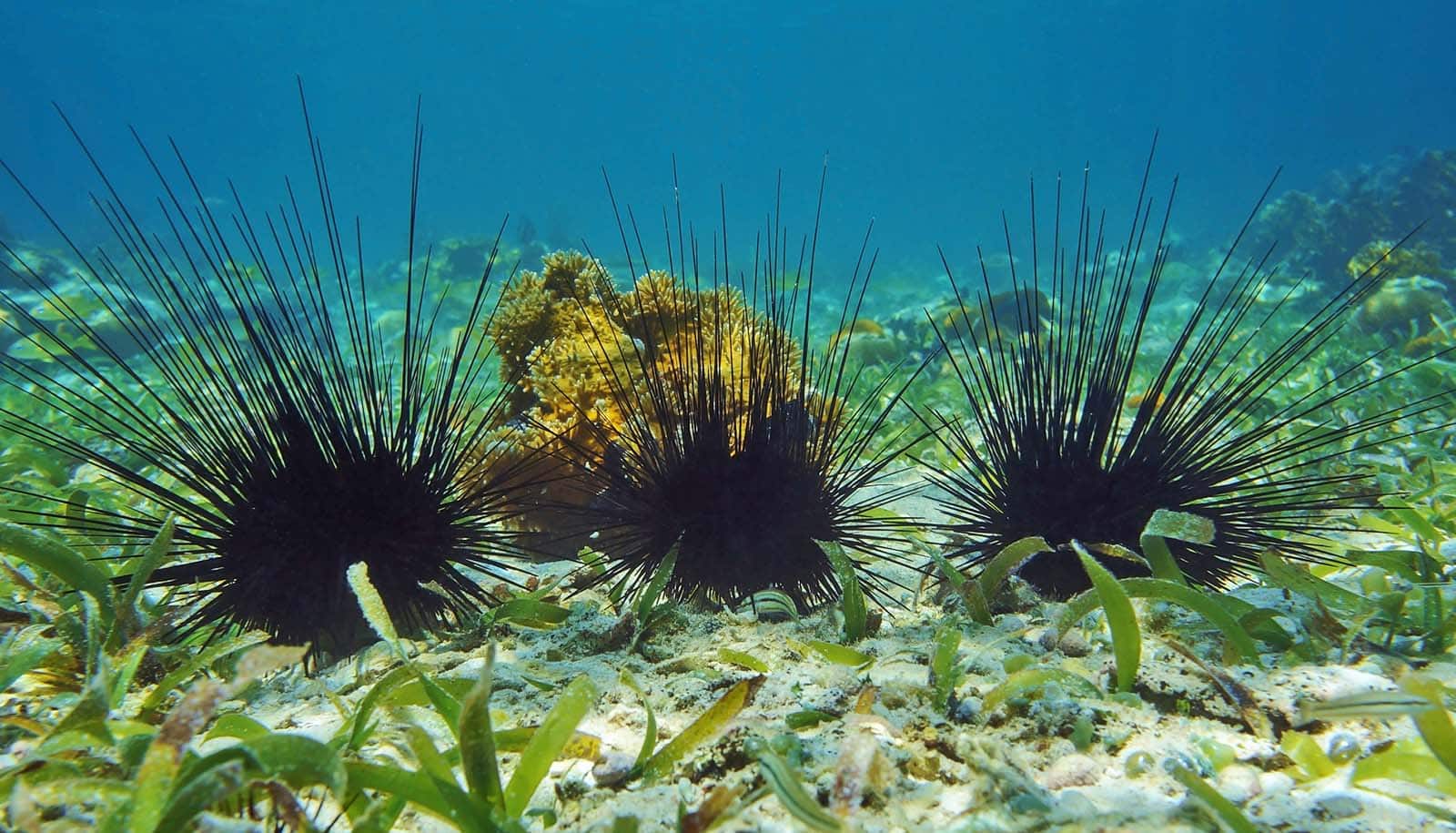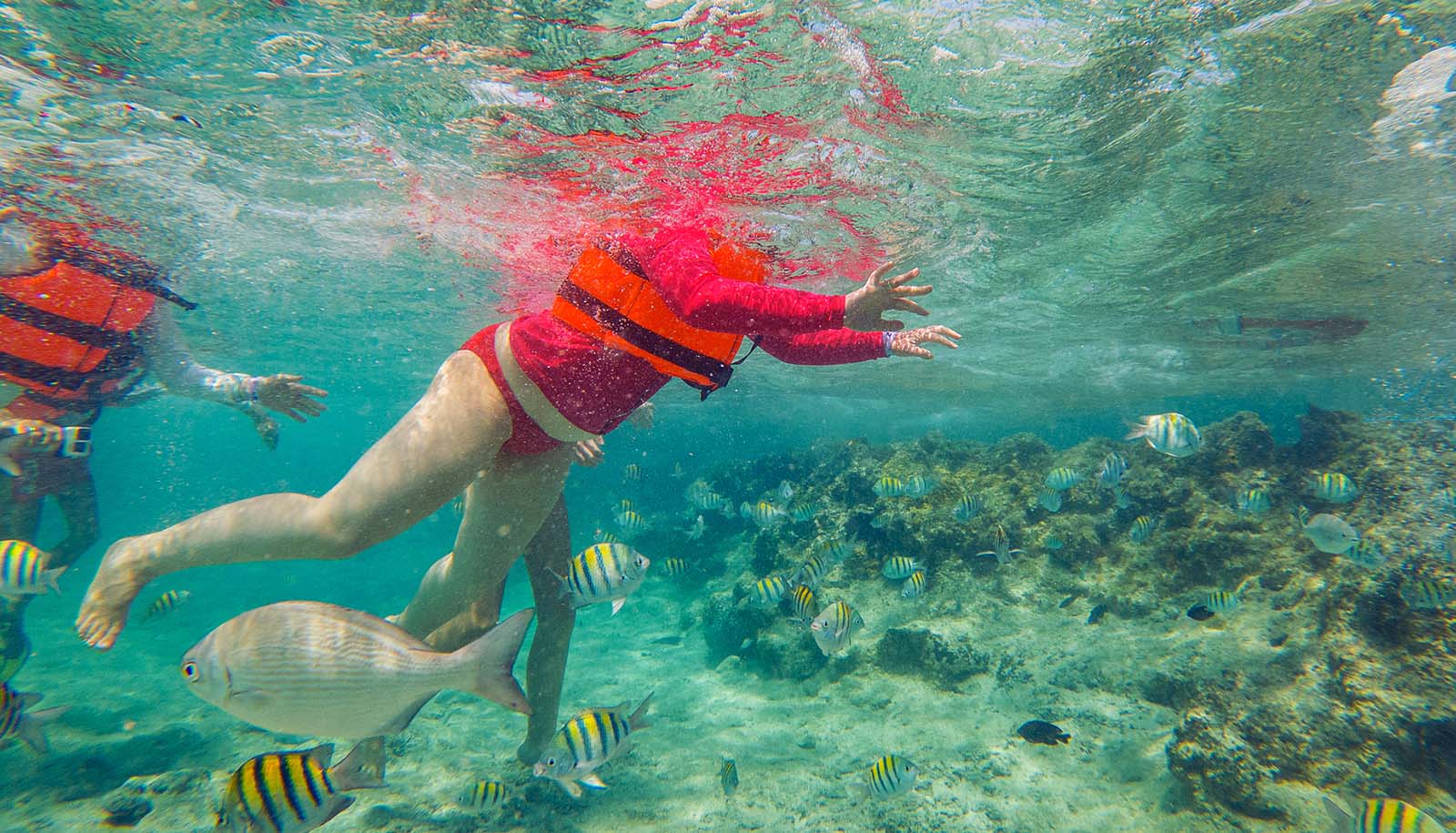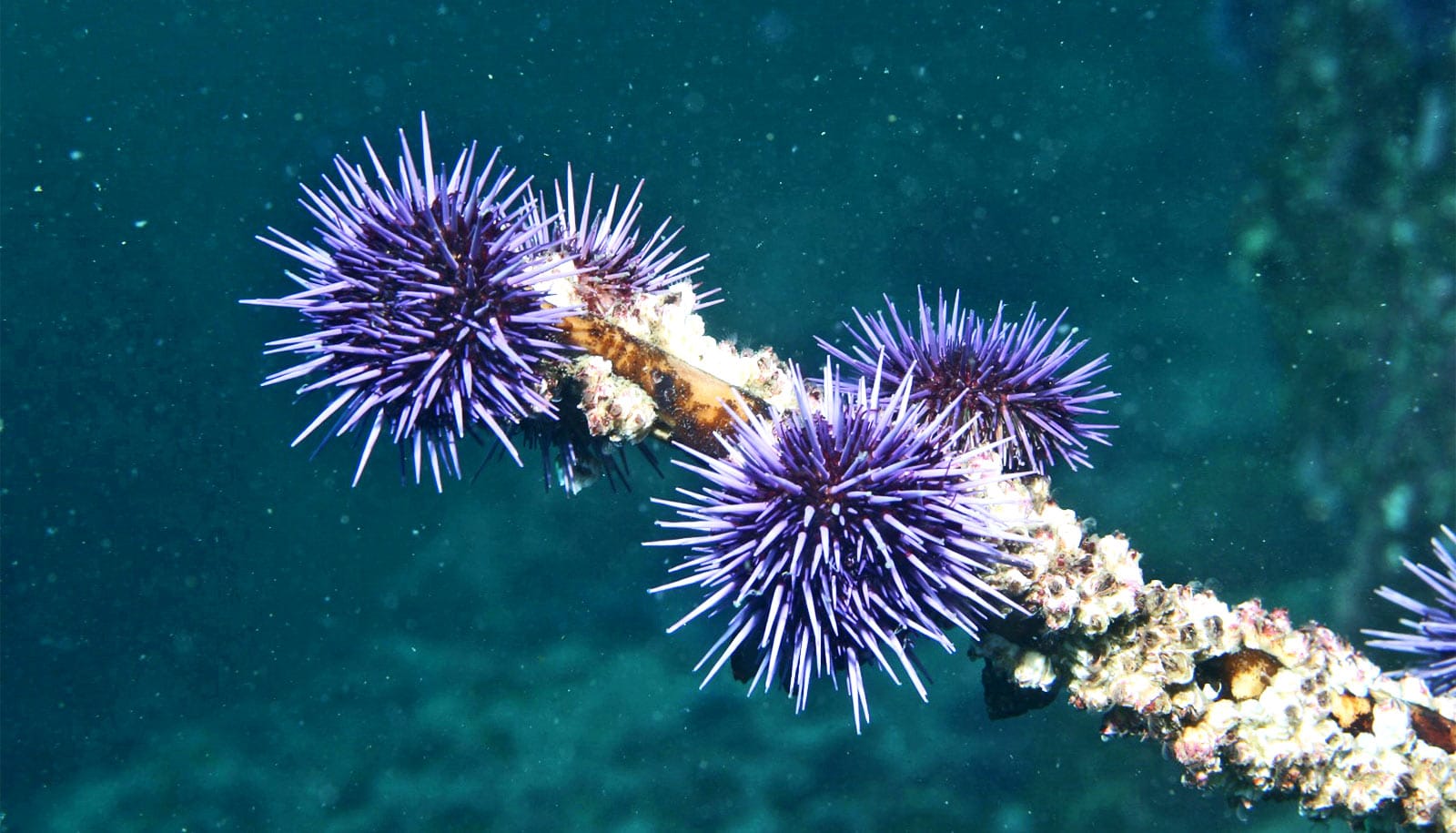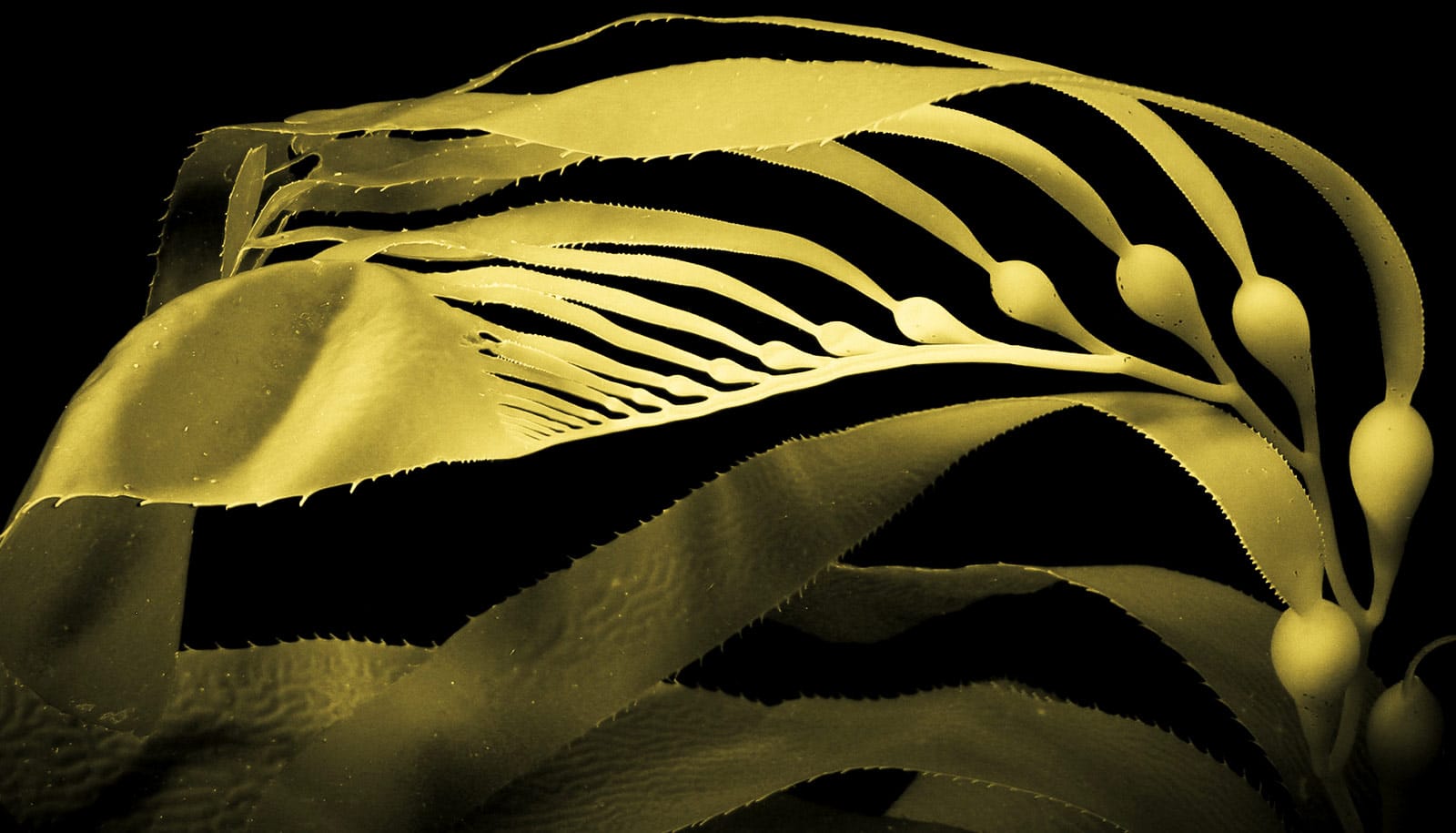New research indicates a better way to raise long-spined sea urchins for repopulating coral reef ecosystems.
Pollution, disease, over-harvesting, and other factors severely threaten these ecosystems. For thousands of years, long-spined sea urchins helped keep reefs intact. They eat seaweed, which can kill or seriously damage coral. Without coral, reefs suffer severe consequences, including diminished ability to support fish.
In the mid-1980s, more than 90% of the urchins that crawled the coral reefs in the western Atlantic and Caribbean died for reasons scientists have yet to determine. The population of the long-spined sea urchin (Diadema antillarum) has been slow to recover on its own. That’s why scientists, including Josh Patterson, are stepping up their efforts to enhance urchin populations.
“You could call these urchins the lawn mowers of the reefs,” says Patterson, associate professor of fisheries and aquatic sciences at the University of Florida Institute of Food and Agricultural Sciences. “They eat fleshy seaweeds that grow out of control on coral reefs and ultimately smother the corals.”
The restoration ecologist is trying to return more of the urchin to an area that roughly includes the seas off the Florida Keys, Bermuda, the Yucatan Peninsula, Aruba, and the Virgin Islands. He’s taken a small step toward the overarching goal of revitalizing the population of the vital echinoderm.
Patterson used about 200 urchins for his latest experiment—an amazingly high number, considering how difficult they are to grow. “You could collect 200 wild urchins without too much trouble; growing 200 of them via aquaculture is much more difficult,” he says.
As detailed in the journal Aquaculture Reports, he and his colleagues showed that by feeding dried seaweed to baby cultured long-spined urchins, they can help them grow faster and behave more like natural urchins than if you give them commercial pellets that are normally fed to herbivorous fish in marine aquariums.
“If the urchins behave naturally, they’re more likely to find shelter on the reef and survive to consume the seaweed,” Patterson says.
As for that natural behavior, long-spined sea urchins are nocturnal. For the experiment, scientists came in every six hours—at midnight, 6 am, noon, and 6 pm—and recorded the proportion of urchins in each tank that were actively eating, foraging, or hiding. The ones fed dried seaweed were more likely to be eating at 6 am, a time you would expect them to dine.
The trick now is: Will the urchins multiply on the coral reefs?
“The ultimate idea is to try and grow thousands and thousands of urchins to restock the reef so they will eat the seaweed overgrowth,” says Patterson, a faculty member at the Tropical Aquaculture Lab. “These findings are steps toward that ultimate idea. And you want to be able to produce them faster.”
Patterson and his colleagues conducted the experiment at the Florida Aquarium’s Center for Conservation in Apollo Beach, where Patterson works.
Source: University of Florida



